All Possible Worlds

There are more things in Heaven and Earth, Horatio,
than are dreamt of in your Philosophy. –Hamlet
The Bottom Line
After many years of thought, here is what I think is really going on:
| All Possible Universes Exist, and You are in Many of Them. |
I’ve been thinking about this sort of thing for some time now, and it seems like the simplest explanation for everything we see, and most mysteries of the universe and life.
What Exactly Does This Mean?
Let’s explain the picture in detail. Many ancient philosophers such as Plato and Socrates claimed that some mathematical concepts such as “circle”, “line”, “three”, “truth”, and so on have an existence which do not depend on the particular “kind” of universe we happen to be in, and that those mathematical “objects” are valid in all possible worlds, such as ours. At the same time, over centuries we have seen how our particular universe obeys mathematical laws, and the deeper we look, the more fundamental the mathematics seems to become.
But in no case do we see any of the mathematical laws being logically inconsistent with each other. Nor do we see any particular reason for some of the laws and constants (such as the fine-structure constant) to be the particular laws and constants that they are. Why not some other laws? Why not inverse-cube law for gravity? Why not?
So let’s define a “Possible Universe” to be any universe, governed by laws, which are not self-contradictory. We already know that — logically — contradictions cannot exist within consistent systems. It is quite easy to make up simple universes in which the laws are very simple. In fact, these days, many people spend much of their time playing in simulations of worlds in computer games, which operate by various strange yet logical rules, and in some ways those games become very “real” to them.
What I am claiming is that all possible universes of all types exist. And that following the “weak anthropic principle“, the only ones of which we humans are aware of are the ones whose laws have allowed humans to come into existence. All of the other universes also exist, it is just that we do not live in them, because we cannot emerge from them.
So What?
There are some interesting, some very strange and even some disturbing consequences of this theory.
Let’s take one of the really strange and extreme ones first, and lay it out as another story:
| The reason You exist is that there exists a Universe in which you eventually came to be in it. |
This is a statement that goes beyond the weak (and even the strong) Anthropic Principle, and says that, almost certainly, the Universe that You see around you, including not just its laws, and its physics, and its cosmology, but its peculiar chain of events which resulted in the Milky Way Galaxy, the formation of our Solar System, the complex interplay over several billion years of Jupiter and Saturn to permit the formation of a life-sustaining Earth, the Extinction of the Dinosaurs permitting the rise of the mammals, the evolution of Primates, the development of the powers of speech and language, the splitting of the supercontinents into the continents, the recorded history of all the wars, philosophies, saints, martyrs, attrocities, art, science, and even the rise of modern western civilization, is all part of one very specific collection of universes whose flows of time closely parallel each other, and which still remain in a superposition now, as a small yet vastly uncountable number of universes in which You
— and I mean YOU, not me, and not your kids —
came to be conceived by your parents, and still be alive now to read this paragraph, as we speak.
The “So What” is exactly that. This universe in which we live (including You) has your name all over it. At the moment it also has my name all over it, but when I’m gone, if you are still here, this is most certainly only yours.
Everyone is George Bailey
Now here is where it goes from strange to downright disturbing. Think of any awful historical event, whether the Holocaust in World War II, or the Black Plague in the dark ages, or any other person or event in the past that you would have wished never happened. Let’s assume that any one of these things could have turned out different, had only slight changes years previous happened.
It could have happened, for example, that just a slight change in breeze could have caused Adolph Hitler’s parents to not marry and have a child, and the whole middle of the 20th Century played out differently. Life in America now would certainly be different, and quite possibly the disruption to America and Europe and Japan and Africa would not have occurred (at least the same way). Would your parents have still met, and had the same life ? Probably not, but if my theory is correct, that whole collection of universes not only was possible, but they exist now, but elsewhere, and — the main point — you are not in those universes.
In other words, all of those awful things that happened in your past, are there because they are there in every single universe in which You exist. You are not to blame for those things happening, but I am afraid that the theory presented says that those awful things are a necessary part of the universes in which you live.
So this is kind of like “It’s a Wonderful Life”, but it plays out for practically everybody that was in the world’s history that allowed you to become possible. So even with Hitler, if he never existed, then almost certainly, neither would YOU. Hitler gets no credit for you, it is just that he is one of the awful things that are probably in the superposition of every single Universe in which you have found yourself.
You Have Probably Already Died, Many Times
Think back in your own past. Have you had near-misses? Maybe you were on a narrow hiking trail and almost slipped, but didn’t. Or maybe somebody shot at you, but missed. Or the lab report came back and surprise, you don’t have cancer. Many of those things may have been close calls, or even cases where you made a choice, and it just turned out that going down this alley in a small village in war-torn Afghanistan was not the one with the IED bomb.
It is quite possible that — like Schrödinger’s cat — you could have made the other choice, and that a universe existed (and still does) where you made that choice.
But you didn’t — Miraculously — and you are still alive to tell the tale. But here’s the thing: you are here and still alive, because this is the other possible universe, where you survived. I am sorry to say, you didn’t make it in the other one. And it’s not over, either. If you are still alive there will eventually be something that will get you, and many other choices to make.
The good news is, you will live as long as you (and specifically you) possibly can, making just the right choice at each step. I am sorry to say, it may come at the cost of everybody else you have ever known, and you will only die — for good, when there are no longer any possible universes where you will have survived, and all universes thereafter will be home to all the rest of humanity, who whom those universes are places where they can live.
This at least is what the “All Possible Universes Exist” theory means.
A Simple Example
Let’s consider my life, for example. In 1937, my mother was five years old, and living with her older sister Pat and her parents Nick and Lennye Edwards in Paducah Kentucky. That year, there was a terrible flood of the Ohio, Tennessee and Mississippi rivers which flooded all of Paducah. Nick decided to pack up the family and leave, but had to run the car past a police roadblock and drive right through a raging stream. If things went badly, which was quite possible, the whole family would have been swept away and so Lucille (my mom) would never have grown up, and I would never have been born.
But that didn’t happen. At least in the universe I live in. Perhaps in another one they didn’t make it, but I can’t see it from here.
So anyway, that’s what I’ve got so far.





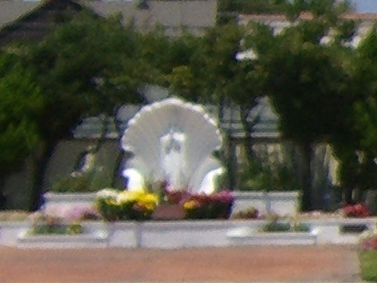
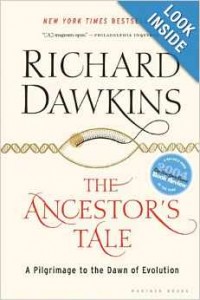
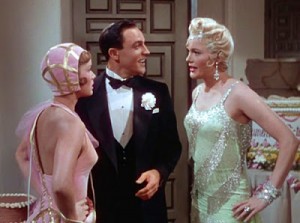
 (aleph-null), which would count all of them at once. Some called this infinity, but it is really just aleph, another number.
(aleph-null), which would count all of them at once. Some called this infinity, but it is really just aleph, another number.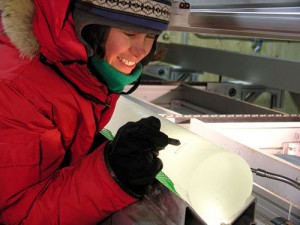
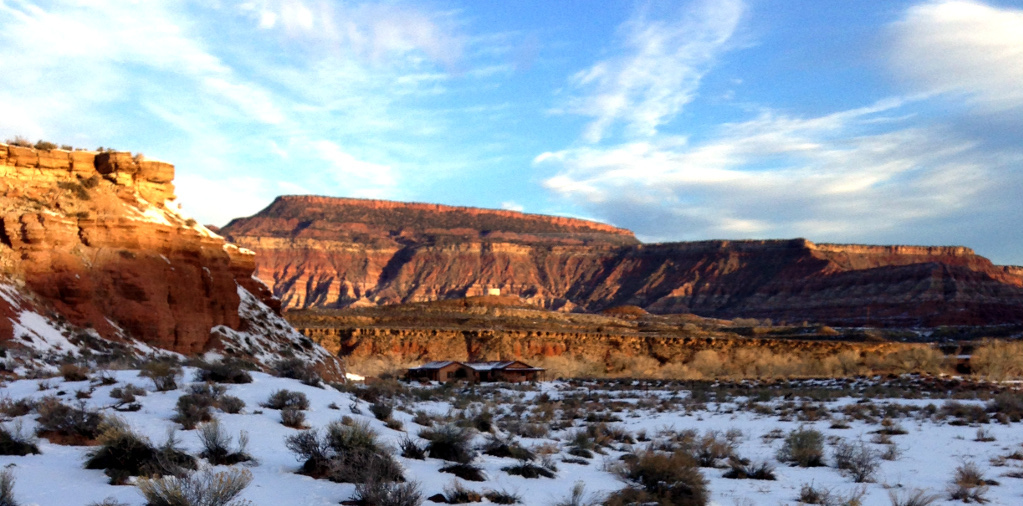
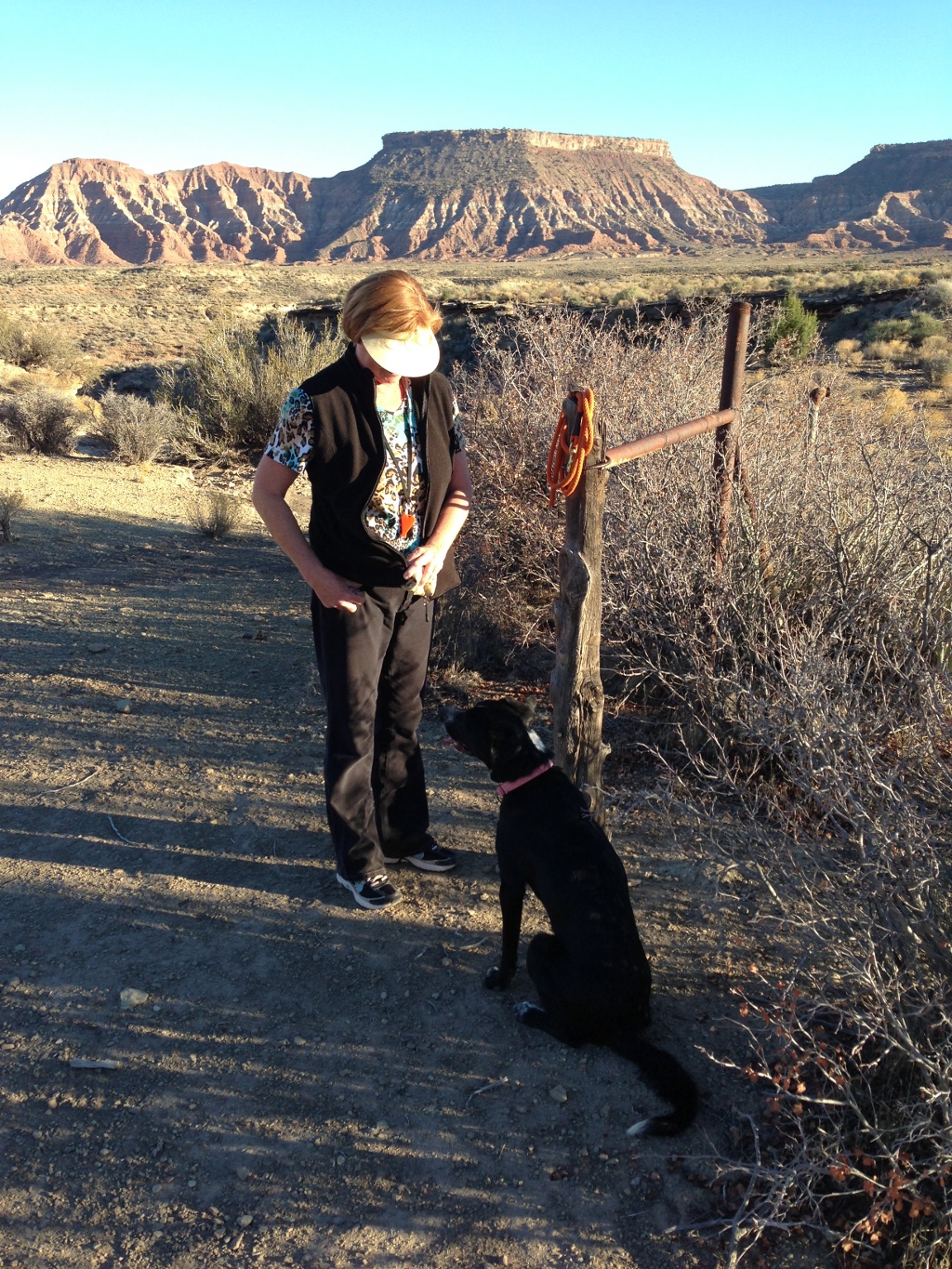 highly energetic border collie mix, a herder breed, who by her nature needs to be walked several times a day, given her shots, kept active and busy or she will eat and destroy your plants, shoes, blankets etc, and needs to be trained not to herd your other pets and kids. You need to be aware of all of this before you give your kids the cute little puppy, so that later you don’t renege on your promise and one day in frustration drive the dog out to a lonely stretch of highway in the southwest Utah desert, and abandon it on the road to be killed by cars or coyotes. If you do such a thing you also abandon your right to be called a Human(e) being. Only if the animal is very lucky, will she find a home occupied by people who take responsibility for the creatures entrusted to them, because they know there is no such word as Have.
highly energetic border collie mix, a herder breed, who by her nature needs to be walked several times a day, given her shots, kept active and busy or she will eat and destroy your plants, shoes, blankets etc, and needs to be trained not to herd your other pets and kids. You need to be aware of all of this before you give your kids the cute little puppy, so that later you don’t renege on your promise and one day in frustration drive the dog out to a lonely stretch of highway in the southwest Utah desert, and abandon it on the road to be killed by cars or coyotes. If you do such a thing you also abandon your right to be called a Human(e) being. Only if the animal is very lucky, will she find a home occupied by people who take responsibility for the creatures entrusted to them, because they know there is no such word as Have.



